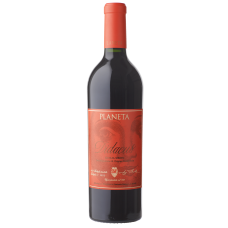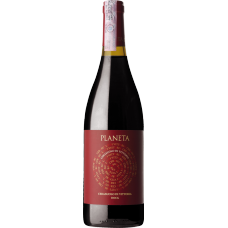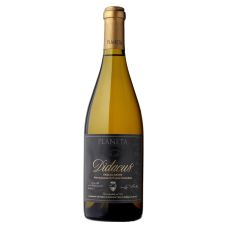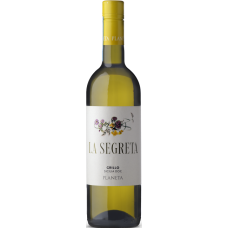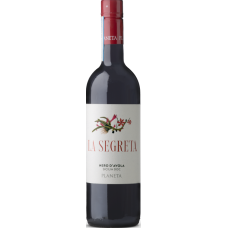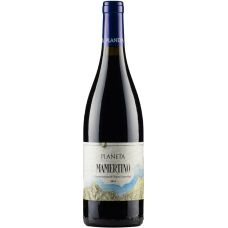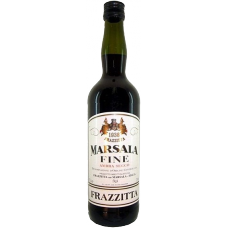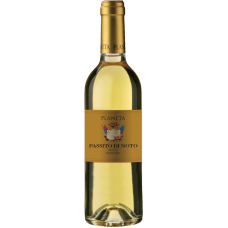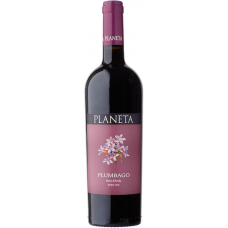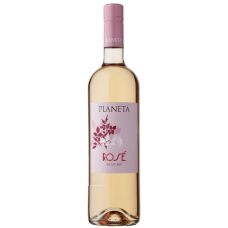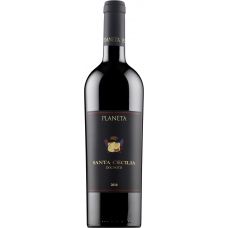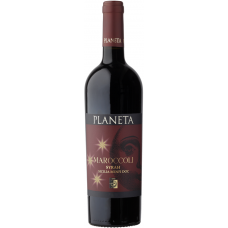From the beginning, Sicily has been a cultural crossroads, an island inhabited by many peoples including the Greeks, Phoenicians, Carthaginians, Arabs, Romans and other Europeans Sicily gained independence in 1870, and in the end, has retained the best of these cultures, incorporating them into its own The Greeks brought their god, Dionysos, and the cult of the vine to the island when they colonized the eastern Mediterranean Other Greek imports include whole grain and refined flours for the flat breads that preceded today’s focaccia.
They also used the snows of Mt Etna to make ices based on fruits and honey (gelati) Whereas the Romans went elsewhere for wine, they did introduce elaborate culinary traditions to the island, based on poultry such as geese The Byzantines brought their craving for ‘sweet and sour,’ and no one added more spice to the island cuisine than the Arabs, who invaded and occupied Sicily from the 9th to 11th centuries.
Their imports included saffron, raisins, nutmegs, cloves, pepper, cinnamon, apricots, and peppers, not to mention couscous The Normans brought their love of meat, and the Spanish delivered their discoveries of the ‘new world’: cocoa, maize, and tomatoes Add to this Sicilian’s ingenuity and creativity in the kitchen—not to mention the wealth of seafood— and you have a truly international cuisine, second to none Despite the multiplicity of cultures, the Sicilians like to keep things simple.
The best things in life are a good meal with friends and family, sunny days by the sea, and maybe a little gelati to boot Who could ask for more?.
- 750ml
- 750ml
- 750ml - 1.5 L - 3.0 L
- 750ml
- 750ml
- 750ml
- 750ml
- 750ml
- 750ml
- 750ml
- 1.0 L - 2.0 L
- 500ml
- 750ml
- 750ml
- 750ml - 1.5 L - 3.0 L
- 750ml
- 750ml

